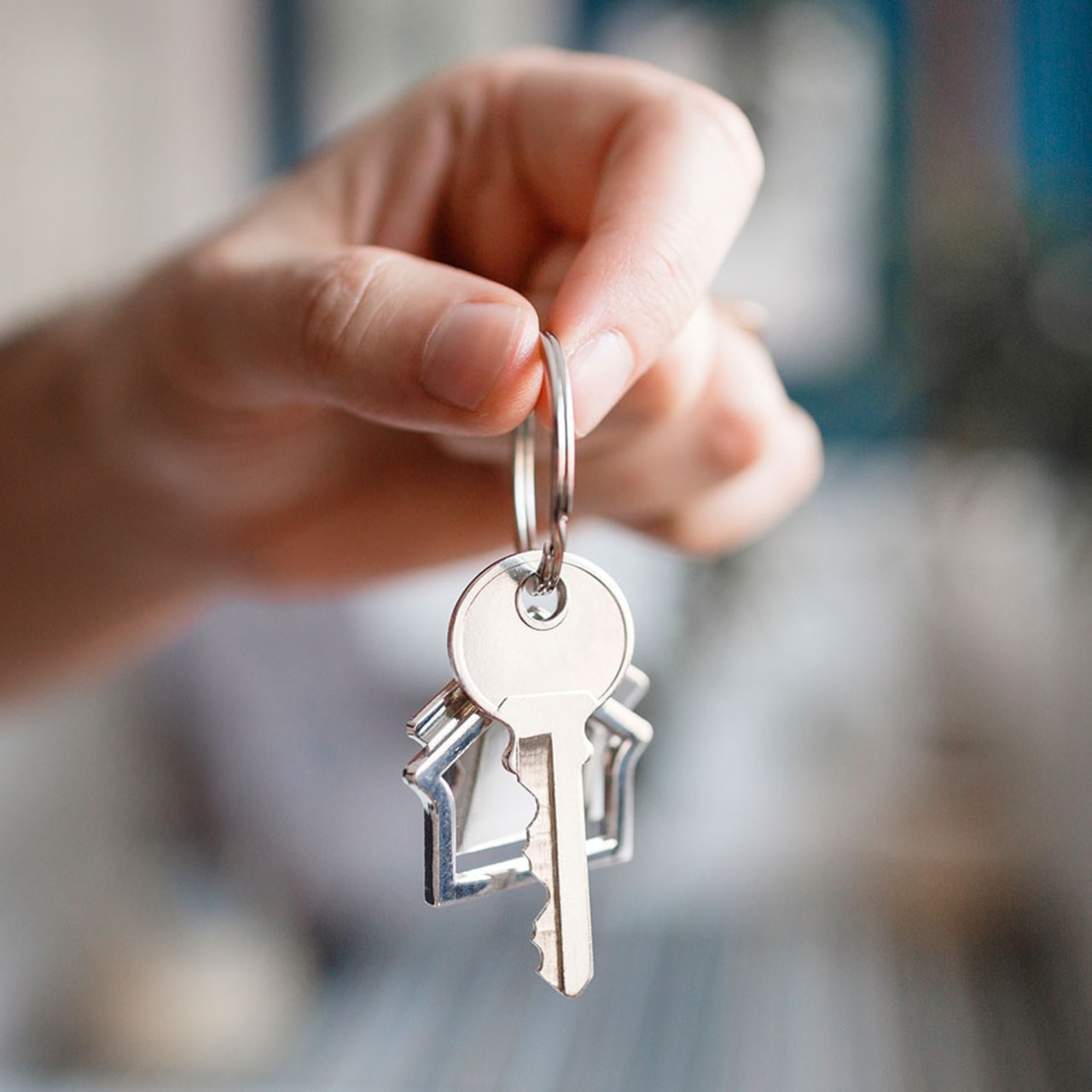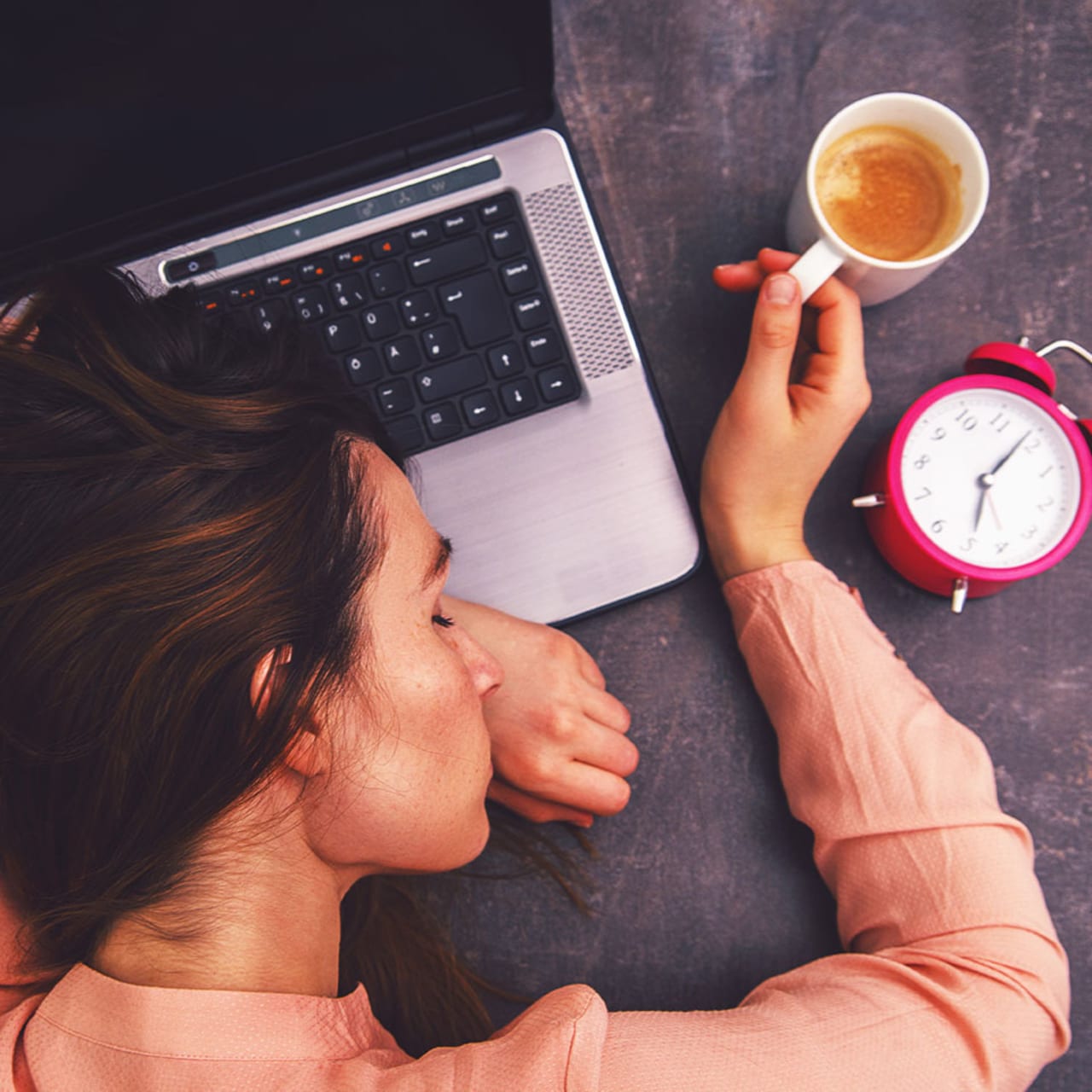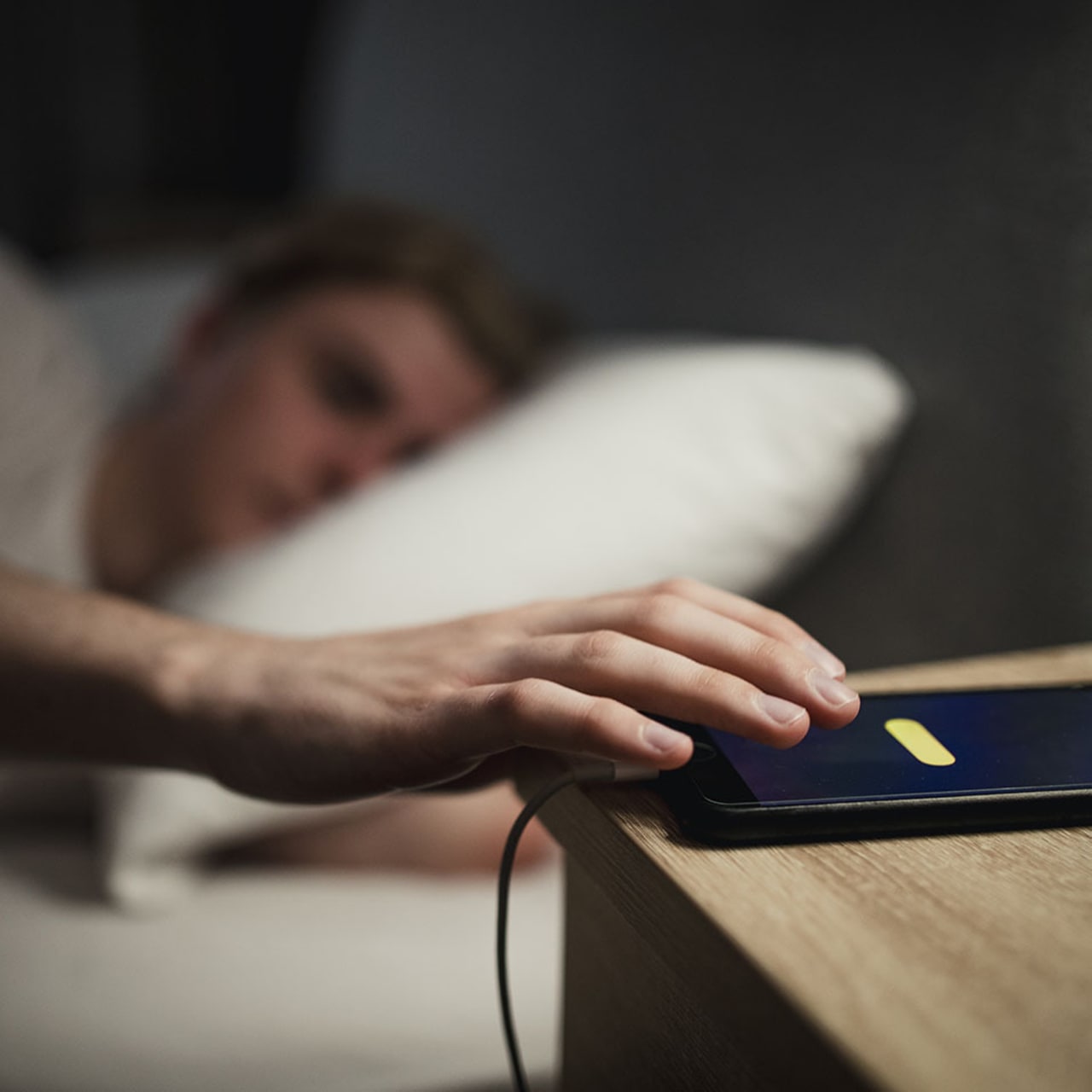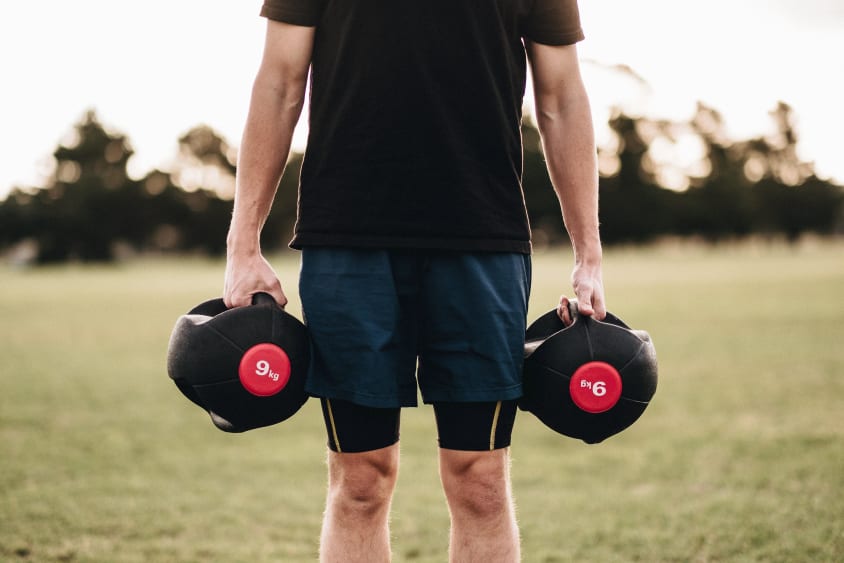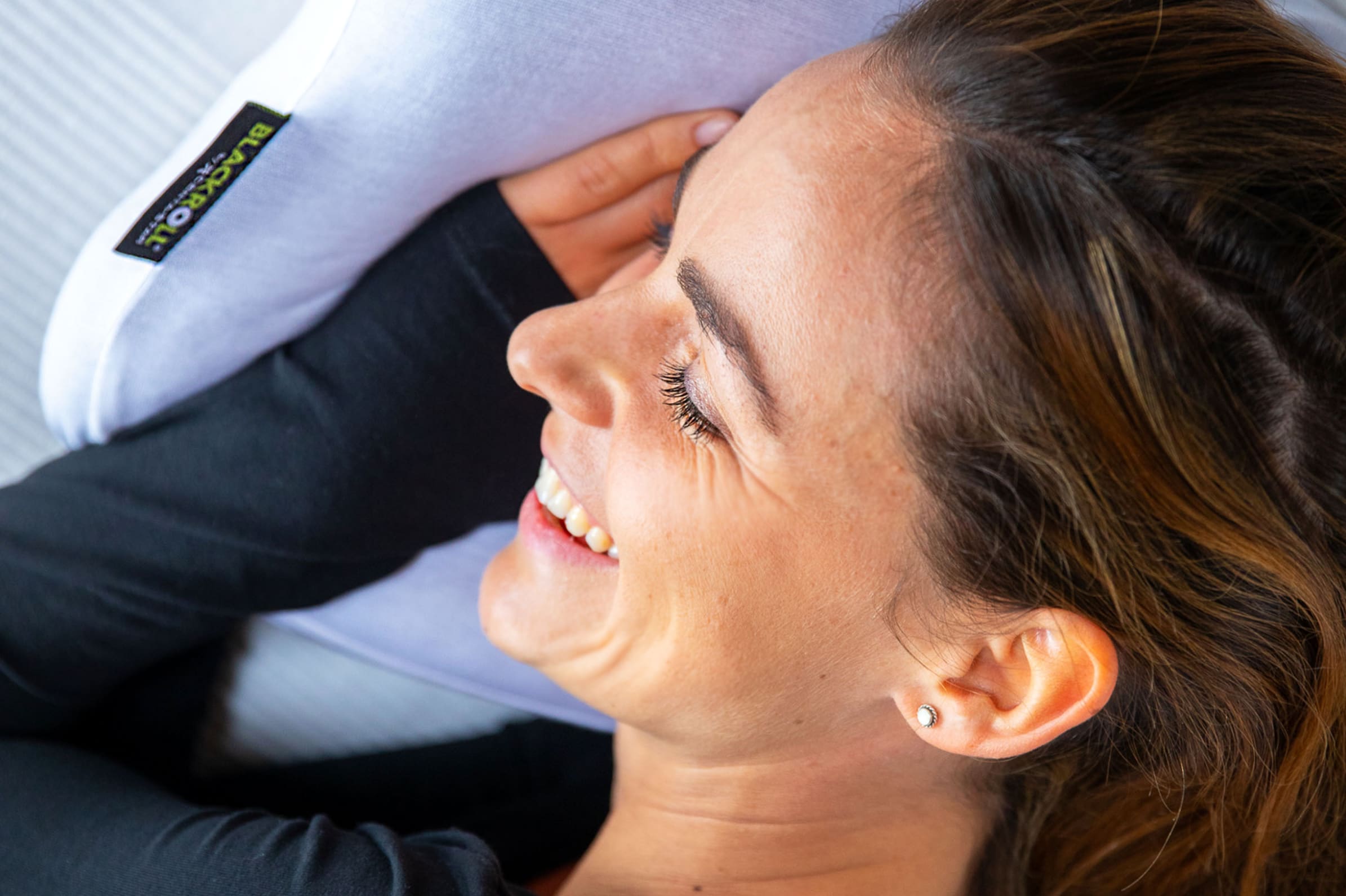
Power nap - The effective nap

What power napping means and how it can help with regeneration at work and home.
01 What is a power nap?
Power napping is simply a short nap lasting around 10-30 minutes. It’s a little snooze to refresh your body, soul and mind.
Power napping is a form of deep relaxation without falling asleep. You don’t need to lie down to do it. Sleeping on a bench, chair or resting your head on a desk pillow can give you the energy you need to get through the rest of the day. In southern climes, a short nap is known as a ‘siesta’, while in Japan it’s called ‘Inemuri’.
This method of restoring energy has been long-established in some countries. In industrialised nations like Japan and the USA, a short afternoon nap is considered good practice. In Mediterranean countries and Asia, napping is part of a ‘siesta culture’. There is no real culture of napping in Germany. However, an increasing number of companies are promoting employee wellbeing and the idea of a healthy workplace with power napping rooms or lounge areas. During corona times, companies have recognised how important it is to encourage employee health and inner balance.
People experience varying levels of performance throughout the day. The body's biorhythm determines anabolic and catabolic processes of the metabolism.
Most people experience a low around lunchtime. It becomes harder to concentrate and your body feels heavy. Sometimes, it’s hard to keep your eyes open and carry on. Many people manage this natural low by drinking strong coffee, smoking or going for a short walk in the fresh air.
If you are able to take a nap at lunchtime, you should aim for somewhere between 10 and 30 minutes. A 20-minute power nap is optimal. Less is more! Falling asleep can lead to difficulty sleeping at night. Concentration levels are shown to remain constant until around 8 pm after a nap. This replenishes your energy reserves. Through improved concentration, you also reduce the risk of mistakes and accidents in the workplace. And there are many other benefits!
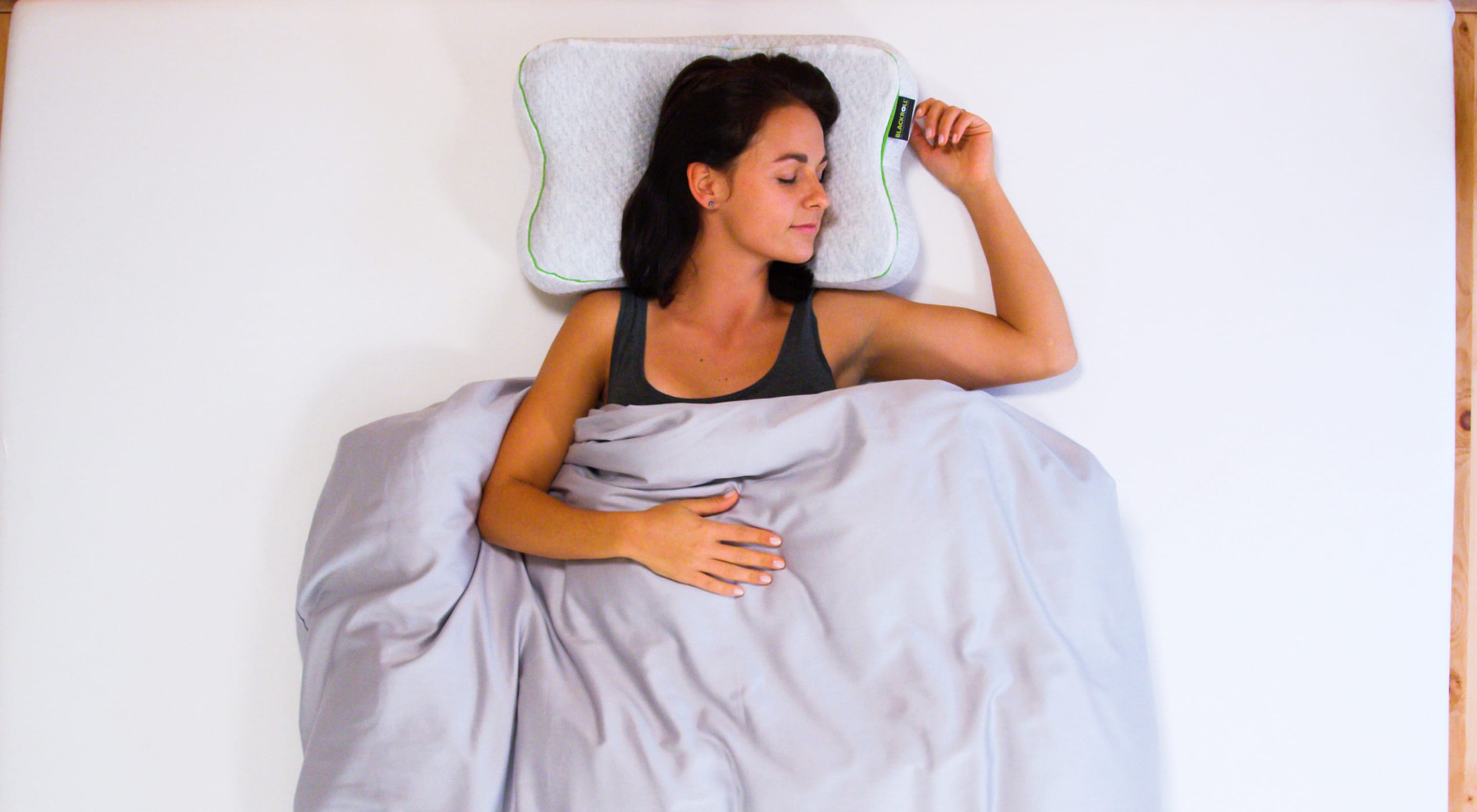
Why power naps are healthy and why it's worth incorporating them into daily life
- Work more effectively and creatively thanks to power napping
If you work all day without sleeping, you’re considered a role model in our society. A much better motto would be: “Only a well-rested employee is a productive employee!”However, there seems to be a stigma attached to getting a bit of afternoon shut-eye with a stigma. Your colleagues or boss might think that you're lazy or unmotivated. (“It’ll look stupid if you get caught!”) A short nap promotes physical and mental states such as mental freshness and relaxed muscles. Sleeping supports physical fitness and fit employees work more effectively and creatively than tired employees.
- Sleep yourself fit! Power nap as an energy booster
You can actively improve your physical and mental energy with the help of a quick nap. Companies would be able to reduce costs due to sick employees and minimise days lost.
- Self-care with a quick afternoon nap
Attitudes such as “I'll get everything on my desk done today!”, “But I'm fit and capable!” and “I don’t want to show any signs of fatigue!” are demands we place on ourselves that can give rise to various symptoms. In doing so, you neglect your personal needs and deny yourself a favour. You plough on until you can’t do any more and your body finds it increasingly difficult to regenerate. Give yourself a break before it's too late and you start to feel really irritated or depressed. Highly performance-driven people are particularly prone to this. They regard this feeling as ‘normal’ However, appearances can be deceiving. An increasing number of key resources begin to decline due to learned stress behaviour without healthy self-regulation.
- Avoid afternoon lows
A daily power nap can work wonders here. By taking a rest halfway through the day, you minimise the risk of falling into a 'deep hole’. When you regularly replenish your energy reserves with the help of a power nap, you can continue to achieve your maximum potential. Company managers should serve as role models for this.
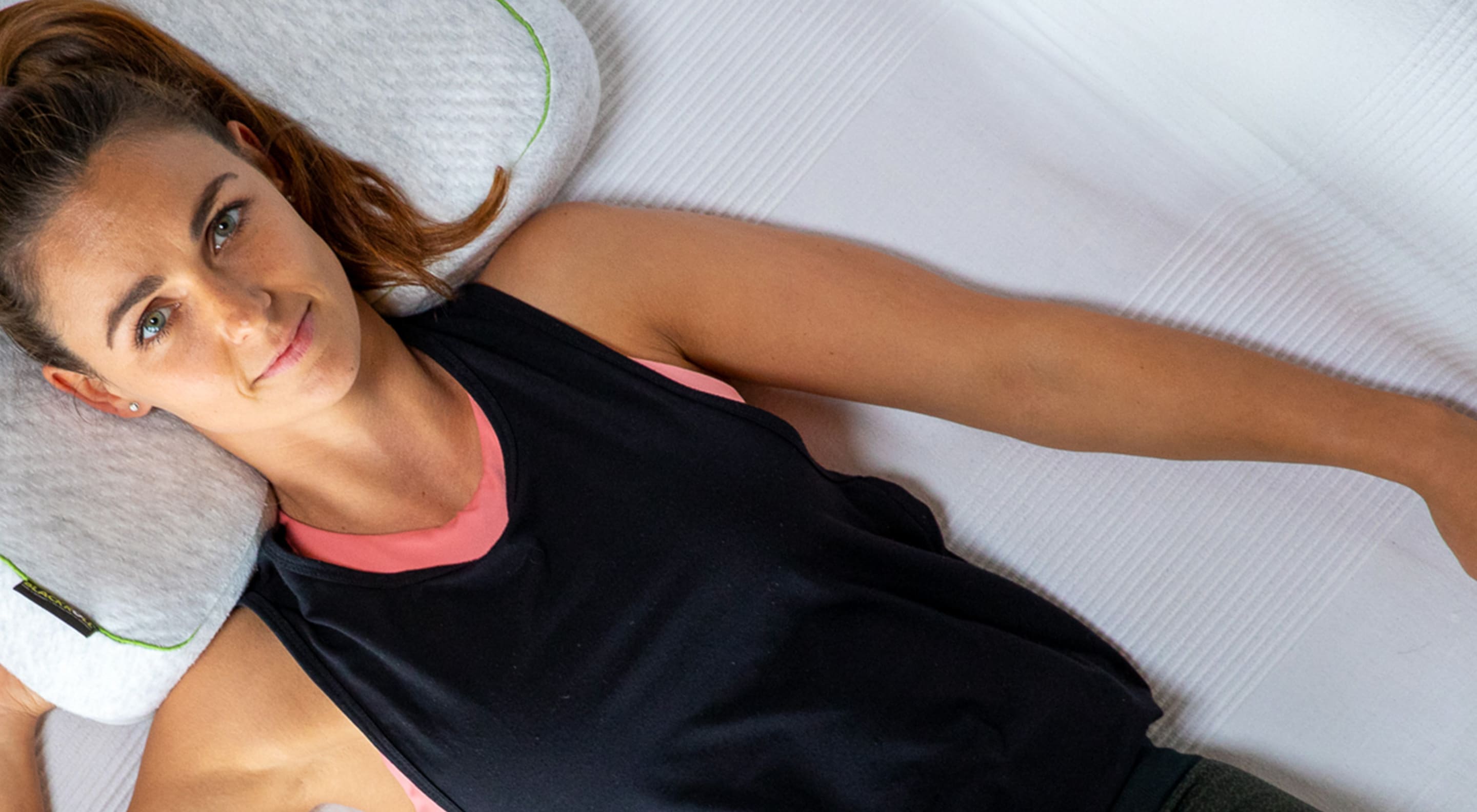
Power napping guide – how it works
What is a good length for a quick afternoon nap?
Sit or lie in a comfortable position. If possible, rid yourself of any distractions. Close the office door or set your smartphone to flight mode. Close your eyes and aim to inhale and exhale regularly. Wait until your thoughts begin to subside. Your body will be calm and relaxed. Remain in this calm state for around 20 minutes. Set an alarm for 20 minutes’ time in case you fall asleep. Slowly open your eyes. Give yourself time to fully come around and continue with your next task or activity.
When is the best time to take a power nap?
A quick nap under time constraints - how does it work? The best time to take a power nap is after eating, between 12 and 2 pm. This corresponds to our normal biorhythm. Due to time constraints and constantly increasing demand to perform, very few people manage to switch off quickly. Many people only switch off when they are completely exhausted. This means that they’re more likely to lie down later on in the afternoon and find it hard to sleep due to disruptions to their sleeping pattern.
Relaxation methods help with power napping
It’s not easy for everyone to fall asleep right away when taking a nap. It often takes a while to switch off. Various relaxation methods make it easier and faster to fall asleep with practice. Methods include yoga, autogenic training, progressive muscle relaxation or taking an imaginary journey. This involves steering your thoughts towards a visual representation. The last technique mainly works by repeatedly tensing and relaxing the muscles to stimulate blood flow. This reduces your blood pressure, improves body awareness, stabilises heart rate variability and boosts your personal charisma.
If you're looking to power nap successfully, it's best to look for a technique that you can master and practice regularly. Try to switch off within 10 minutes, and with time reduce this to 5 minutes.


